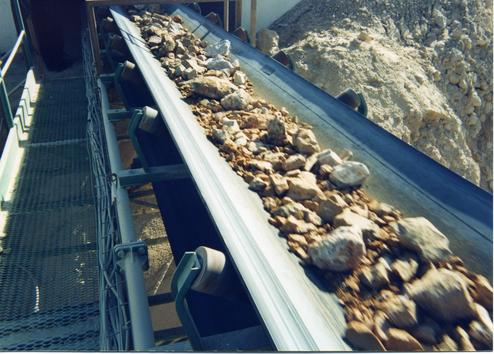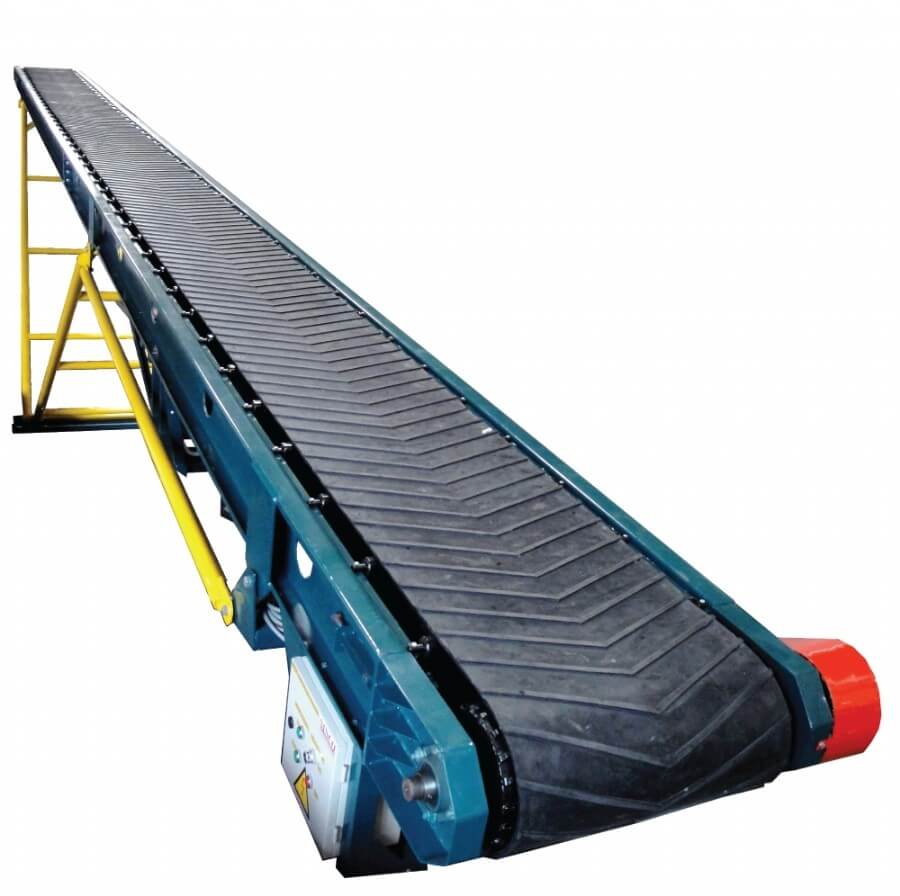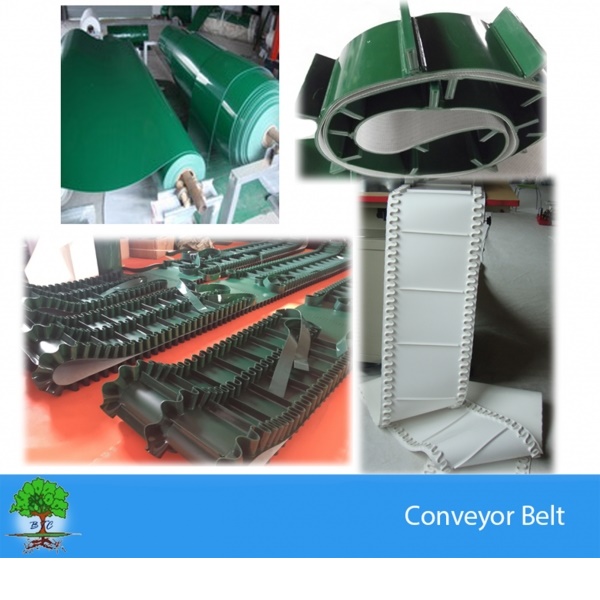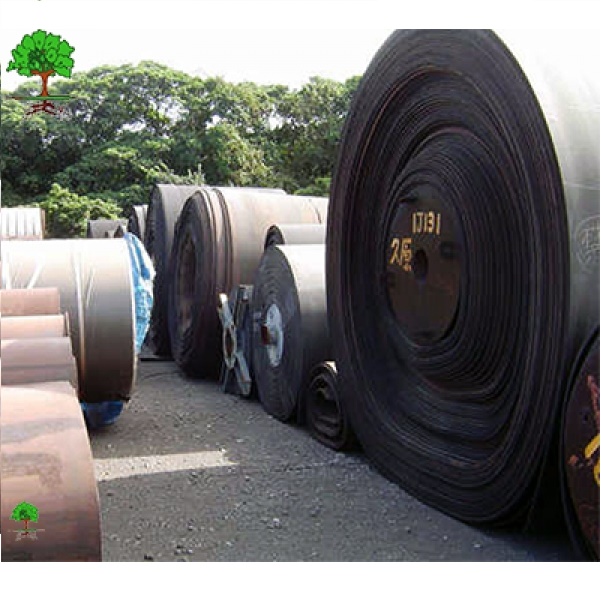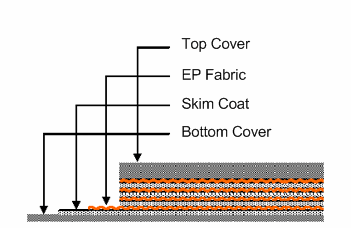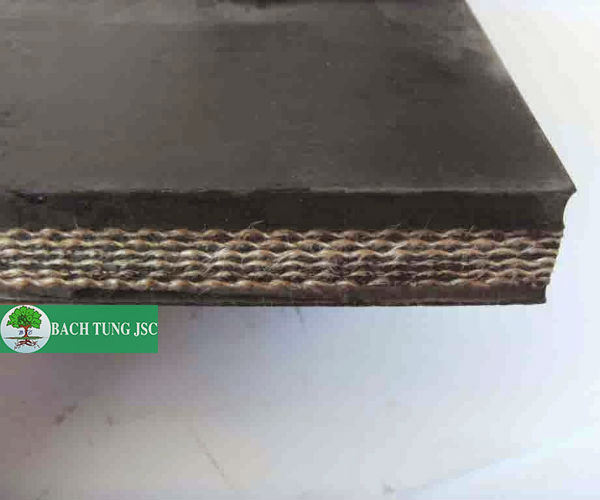|
Type |
Fabric structure |
Fabric types |
Thick |
Force bearing (N/mm) |
Rubber cover (mm) |
Width (mm) |
Length (m) |
||||||
|
Vertical |
Horizontal |
2 ply |
3 ply |
4 ply |
5 ply |
6 ply |
Top |
Bottom |
|||||
|
Polyester (EP) |
Polyester (EP) |
Polyester (EP) |
EP80 |
0.60 |
160 |
240 |
320 |
400 |
480 |
2≈8 |
0≈4.5 |
400-2500 |
≤300 |
|
EP100 |
0.75 |
200 |
300 |
400 |
500 |
600 |
|||||||
|
EP125 |
0.90 |
250 |
375 |
500 |
625 |
750 |
|||||||
|
EP150 |
1.00 |
300 |
450 |
600 |
750 |
900 |
|||||||
|
EP200 |
1.10 |
400 |
600 |
800 |
1000 |
1200 |
500-2500 |
||||||
|
EP250 |
1.25 |
500 |
750 |
1000 |
1250 |
1500 |
|||||||
|
EP300 |
1.35 |
600 |
900 |
1200 |
1500 |
1800 |
|||||||
|
EP350 |
1.45 |
- |
1050 |
1400 |
1750 |
2100 |
800-2500 |
||||||
|
EP400 |
1.55 |
- |
- |
1600 |
2000 |
2400 |
1000-2500 |
||||||
|
EP500 |
1.7 |
- |
- |
2000 |
2500 |
3000 |
|||||||
Rubber conveyor belts are used widely and popularly in industry/ agriculture. Conveyor belts are often divided into types of international standard. However, they can be also processed to fit the specifications and satisfy the customers’ require.
Rubber conveyor belts have the fabric core (often called Polyester (EP)) or steel core. With the light industry, materials not too sharp, not create wear, re-shape the conveyor belts, the fabric core conveyor belts can perform best. In detail, the fabric core plies can directly affect the thickness of the conveyor belts.
When buying conveyor belts, the customers need provide the information about the width, thickness (number of plies), length, or perimeter.
Bach Tung JSC provides the conveyor belts which are directly imported from Japan, Thailand, Germany, etc. Besides, we also provide the service of glue, link the conveyor belts’ heads.



.jpg)
